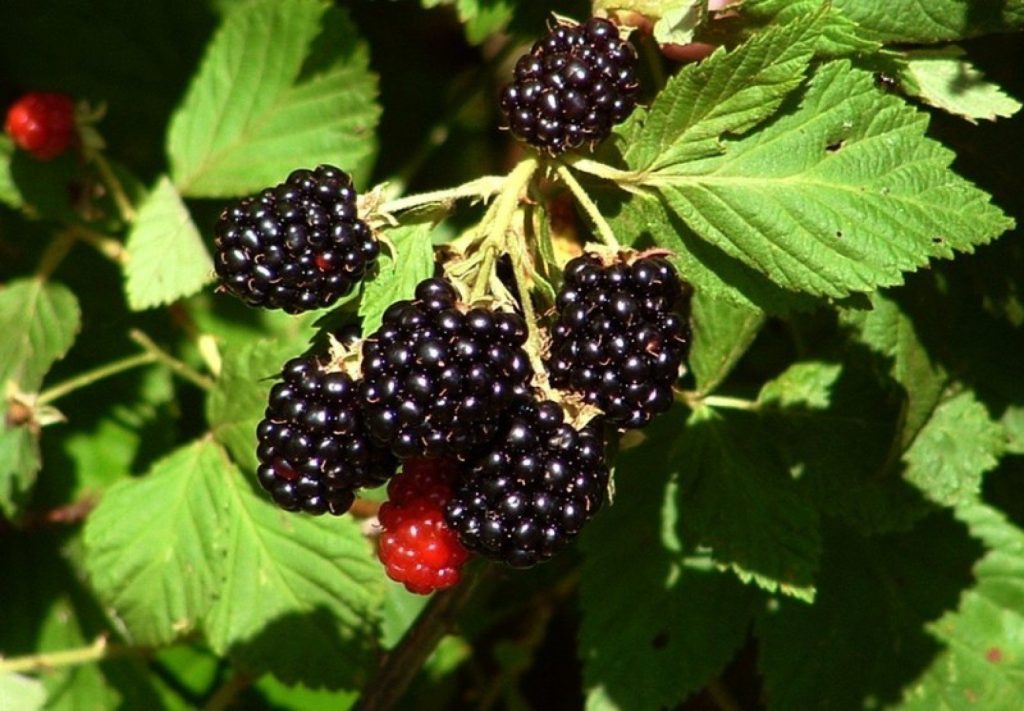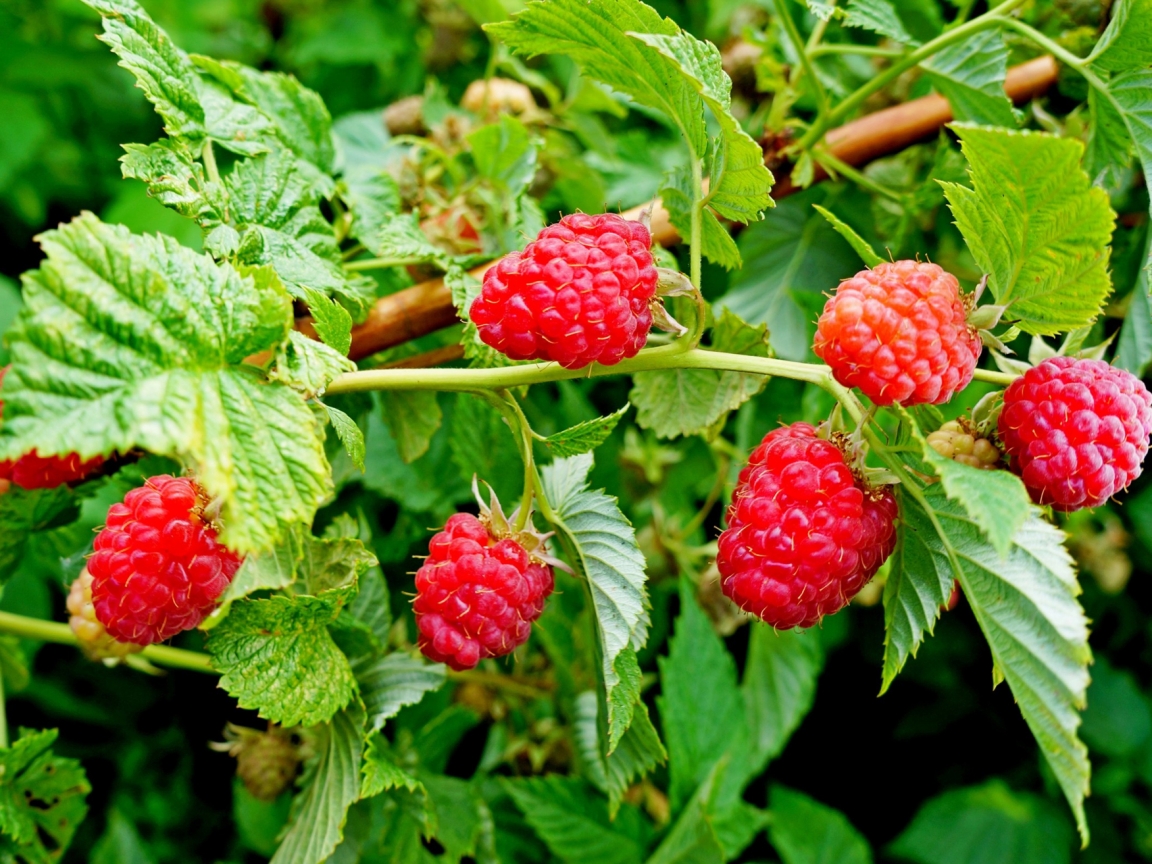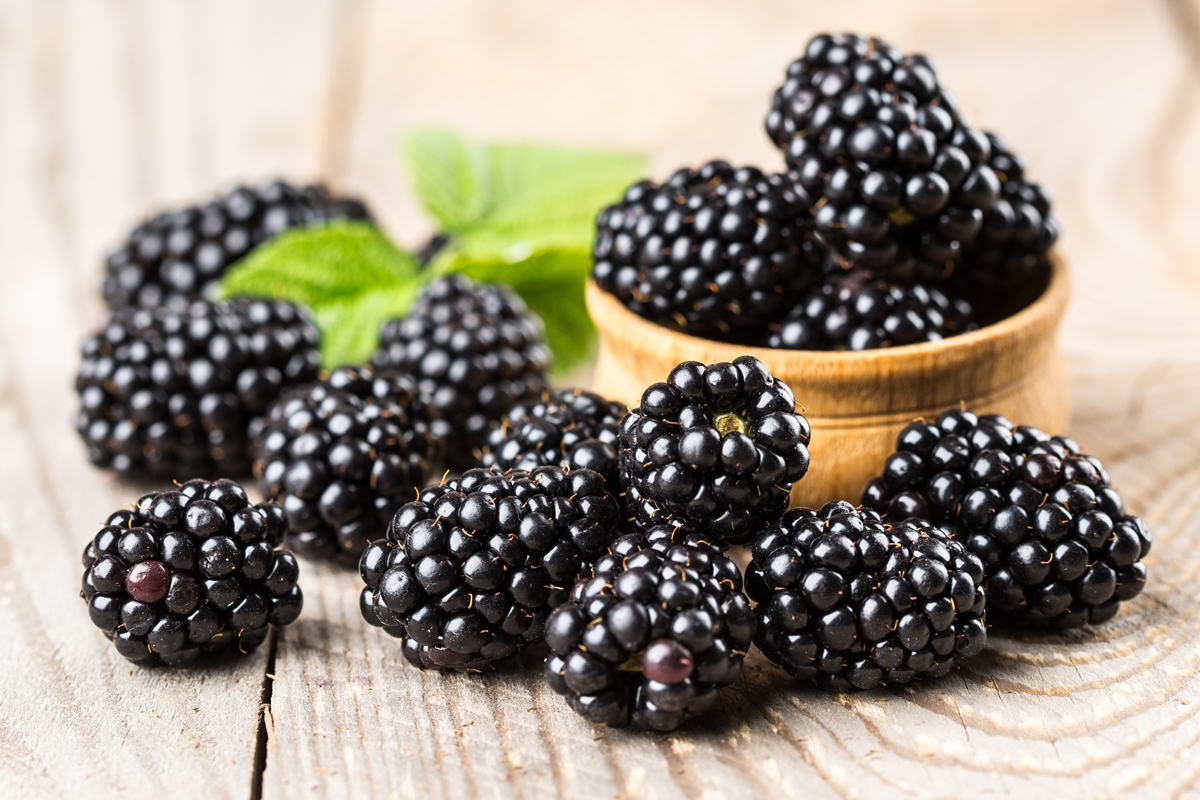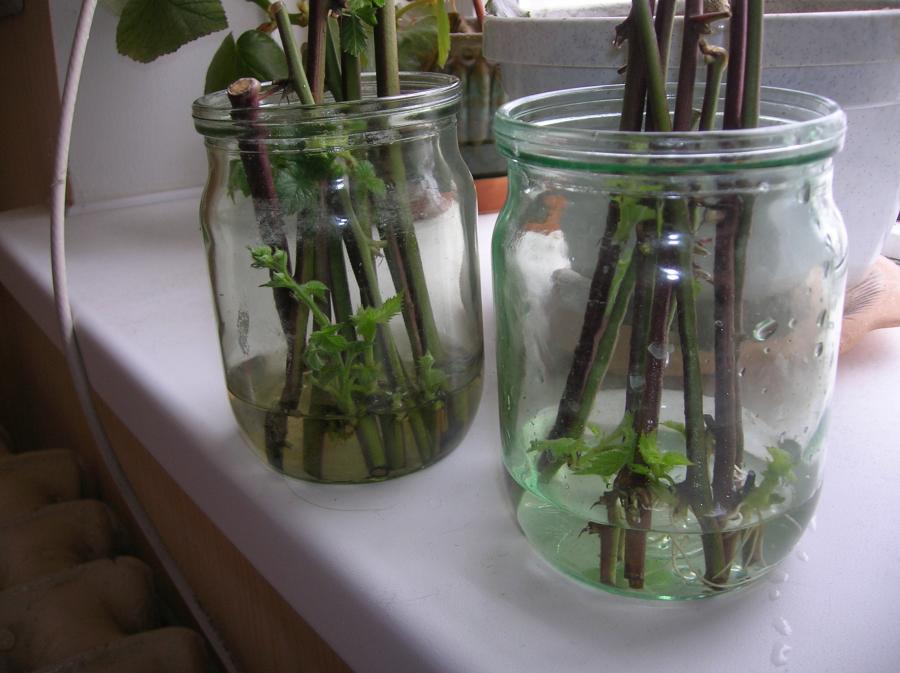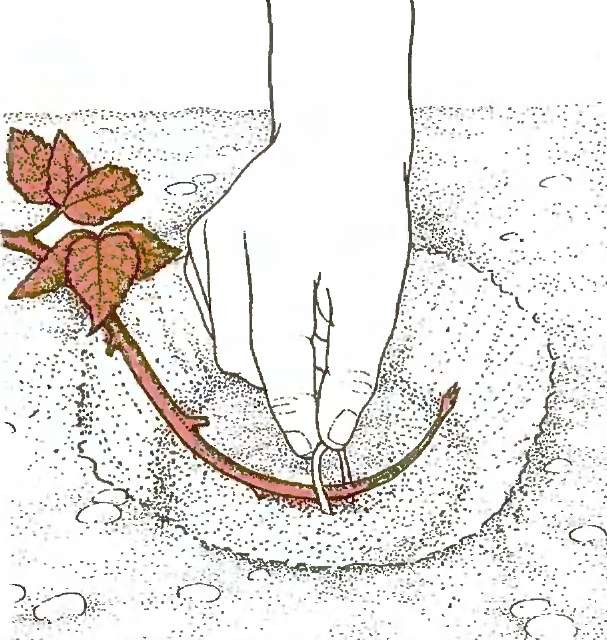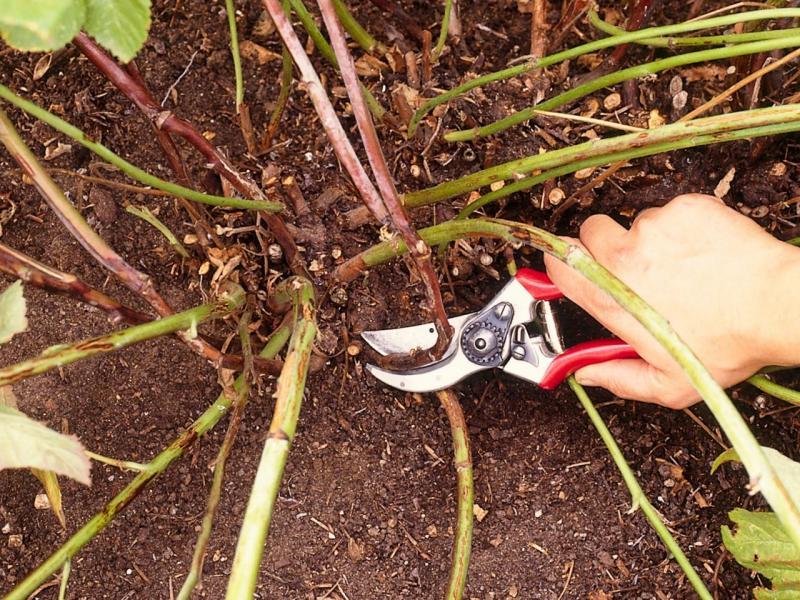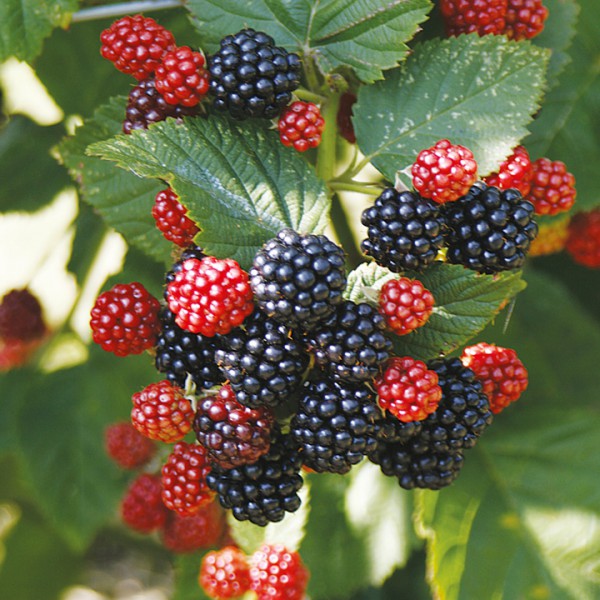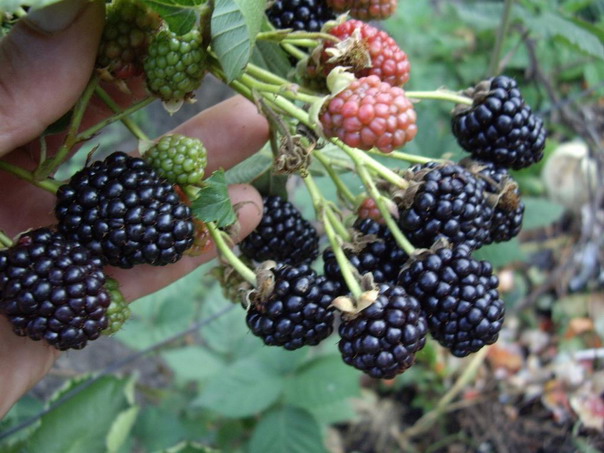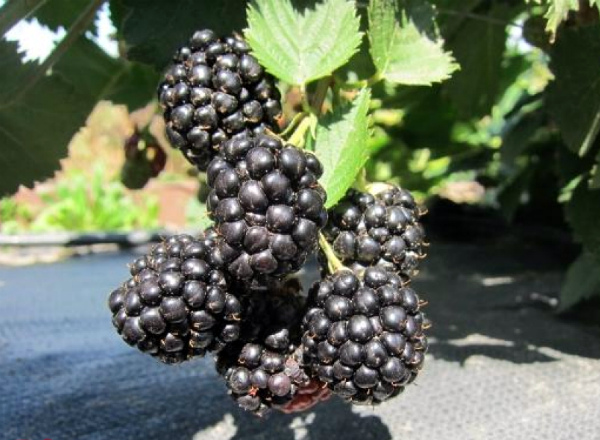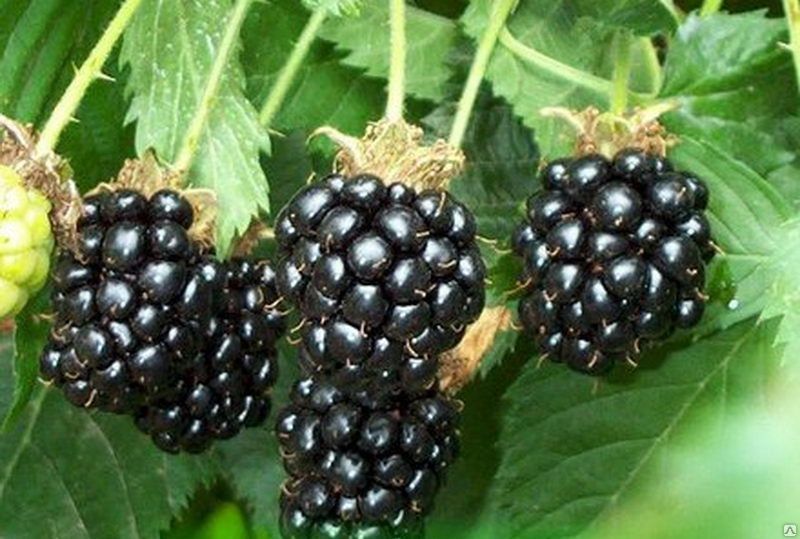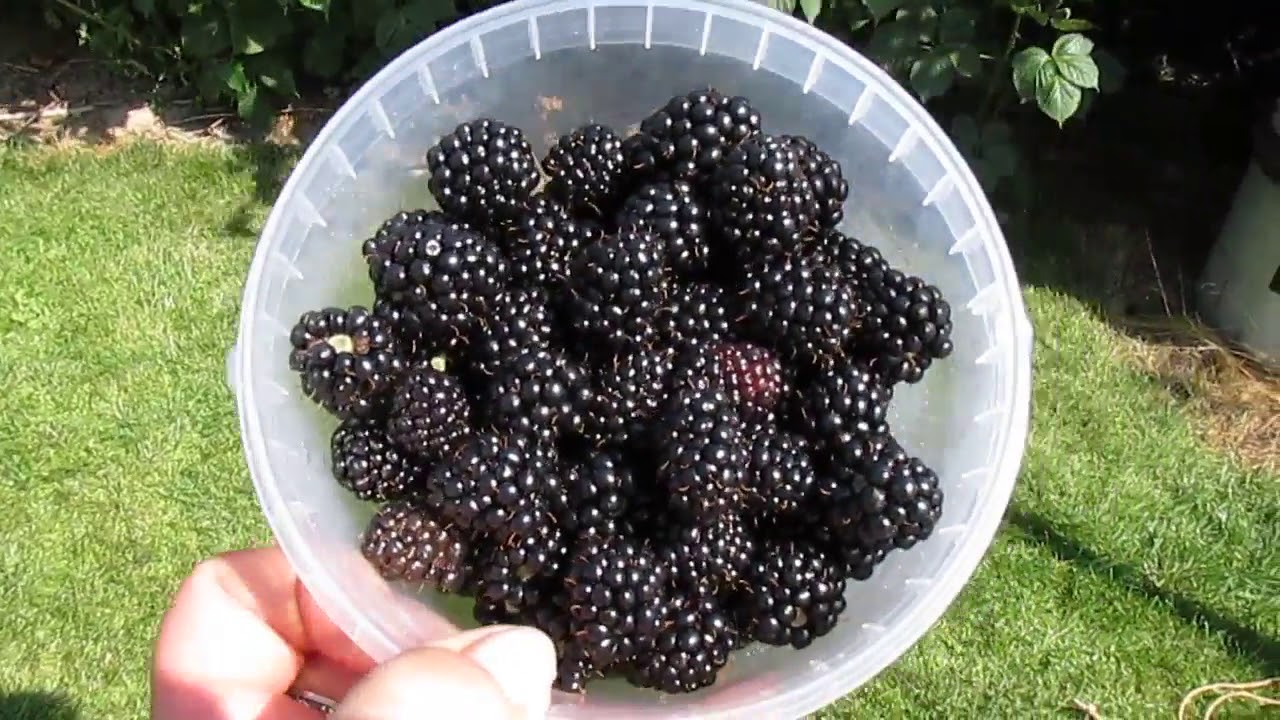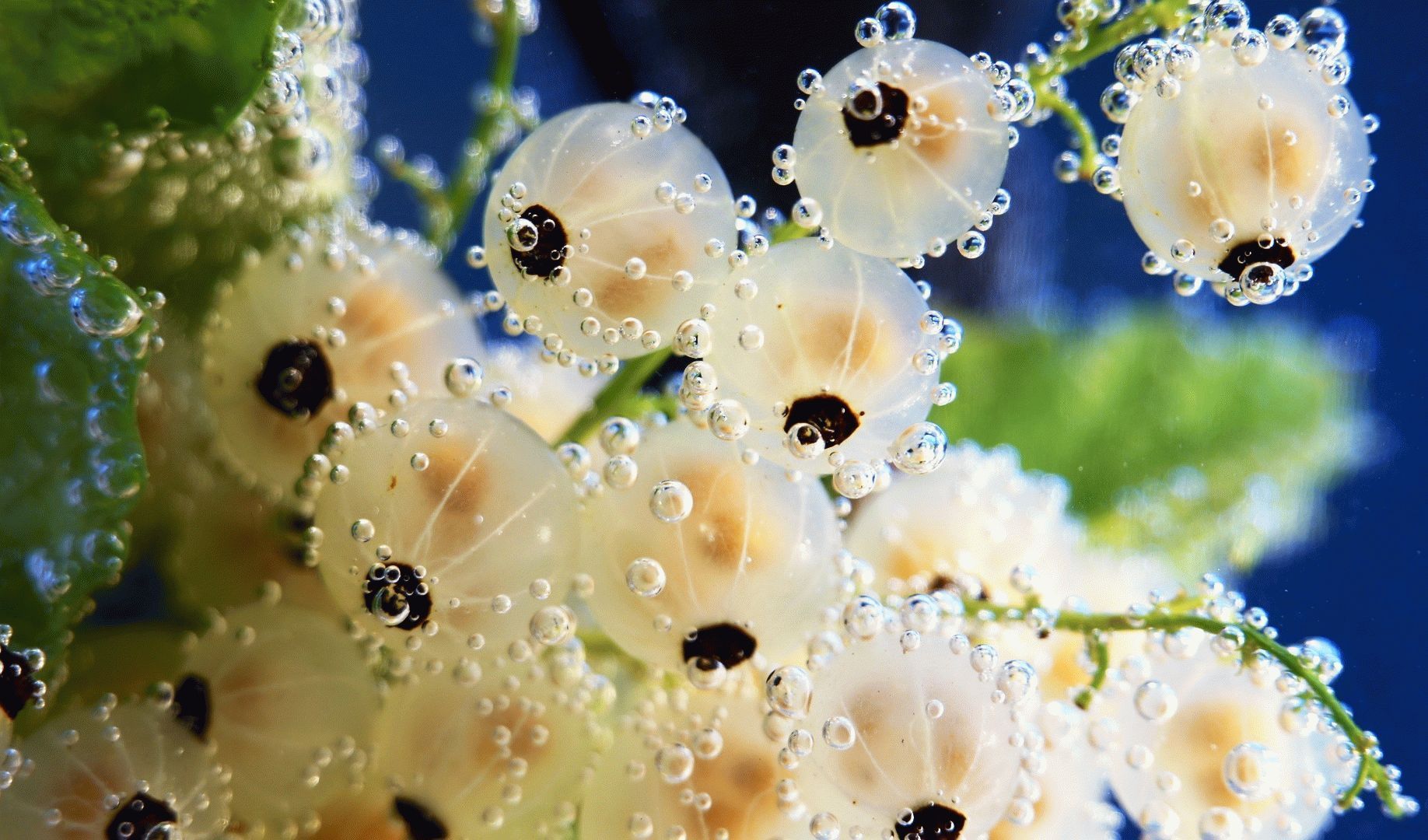Content:
In the garden plots, you can find a wide variety of fruit and berry crops. Recently, an increasing number of people prefer blackberry bushes. Numerous photos and descriptions of this berry can be found on the Internet without any problems. This plant is a lot like raspberries. It also does not require too complicated care. Even a novice gardener can get an excellent harvest from a bush. What kind of berry is a blackberry and how to grow and care for it, we will try to find out.
General care requirements
Blackberries can be grown in various regions: in the Leningrad region, the Moscow region, in the Urals, in Siberia, in the southern regions of the country. Blackberries bear fruit well in various climatic conditions, the most important thing – provide her with the following conditions and care:
- enough sunlight;
- timely watering;
- protection against drafts;
- reliable support (for example, a garter on a trellis);
- correct pruning;
- destruction of pests;
- periodic feeding;
- weeding.
When the above requirements are met, the crop of bush blackberries will pleasantly amaze with its abundance.
Technology for growing blackberries in the country
Before starting to cultivate any fruit and berry plant, be it remontant raspberry, garden blackberry or something else, it is important to familiarize yourself with the cultivation technology. The choice of plantation, soil and plant neighbors require special attention.
Seat selection
Since blackberries are quite sensitive to low temperatures in general, and to spring frosts in particular, the choice of a place for planting should be approached as thoroughly as possible. The area for blackberries should be on the sunny side and remain inaccessible to cold winds. The best option for a plantation would be a place located on the south or west side of a country house, bathhouse or any outbuilding. Alternatively, the plant can be planted along the fence. Just make sure that the fence does not shade the blackberries too much.
Soil selection
For cultivation of blackberries, loam and sandy soil are best suited. In no case should the plant be planted in areas with a groundwater table close to the surface. Even temporary flooding can have a detrimental effect on blackberries.
It is not recommended to plant the crop on calcareous soils. The shrub will lack magnesium and iron.
Garden blackberries love moist, fertile soils, where water stagnation does not occur. When preparing for planting, the soil should not be fertilized. If you do this, young shoots will actively grow and develop vegetative mass. Usually this happens to the detriment of fruiting.
Landing
The process of successfully growing blackberries begins with proper planting. It is produced mainly in the spring. First of all, it is necessary to make a choice in favor of one or another variety of blackberries, taking into account the climatic conditions in which the plant will be grown.When buying planting material, you should pay attention to the root system. It must be sufficiently developed without fail. In addition, the seedling must have two stems and one developed bud at the root. It is allowed to first grow seedlings in a pot, and only after they get stronger and develop properly, move them into open ground.
The planting itself should be carried out as follows: the distance between the seedlings should be at least 1 meter, and between the rows - 2 meters. This method is called tape. If a bush planting method is used, the 1.8x1.8m scheme is best suited. In this case, two seedlings are placed in each hole. Shrub planting is used for varieties of blackberries with a low rate of shoots.
When lowering the planting material into a previously prepared groove, it is important to carefully straighten all the roots. The pits should be filled with the addition of fertilizer. After planting, the top layer should be mulched, carefully compacted and watered abundantly.
After planting, the seedling should be cut to 20 cm and the fruit stem removed.
Homemade blackberries do not require much maintenance. It is for this reason that it is suitable for planting by novice gardeners.
Neighborhood of other plants
When planting blackberries, the previous culture has a certain value. The most favorable precursors for the shrub will be beets, carrots, zucchini and cucumbers.
Most gardeners prefer to plant blackberries separately so that they do not shade other plants. But if, due to a shortage of land, this is not possible, the blackberry will be optimally placed next to the raspberry tree. Only the variety should be chosen without thorns. An excellent harvest in such a neighborhood will be guaranteed.
Agrotechnics: advice for beginners
All blackberries are divided into two main types: forest and garden. Forest is wild and grows mainly in the forest, and garden, respectively, in the garden. For planting in the conditions of summer cottages, the choice is made in favor of varieties bred by breeders. These can be blackberry, tornfree, rubus, fruticosus, black, satin, etc. All varietal blackberries are mostly thornless.
Reproduction
To find the answer to the question of how to properly grow blackberries in the country, you need to figure out how this garden and berry culture reproduces.
Tineless garden blackberries reproduce in three main vegetative ways:
- cuttings;
- layering;
- offspring.
Cuttings
Agrotechnics of the blackberry bush involves the propagation of the plant by root or green cuttings.
Root grafting is carried out as follows:
- A fruiting bush is dug out of the soil with a root (can be done in early spring or late autumn);
- The plant is divided into pieces (cutting length - 10 cm, thickness - from 0.5 to 1.5 cm);
- The petiole is planted in a permanent place (as an option, on a picking bed, in order to use it as a planting material in a year);
- The beds are being prepared;
- Planting material is planted in the beds;
- Planting is watered;
- During the summer, the future blackberry is regularly weeded and thoroughly loosened;
- In the fall, cuttings are dug up and moved to a cool place;
- In spring, cuttings are transplanted into open ground, where the plant begins to fully develop and grow.
Growing cuttings before planting in the ground can be done hydroponically.
As for green cuttings, in this case, the algorithm of actions will require the following:
- In the middle of summer, a branch is cut off from the top by 1/3 of the length from a fresh shoot (while a stem, a bud and one leaf should be present in the cuttings);
- The twig is processed with any growth stimulant;
- Soil is poured into the cups;
- Cuttings are placed in a glass filled with earth;
- The cups are carefully covered with a plastic bag;
- Waiting for the formation of the root system (this takes about one month on average);
- The plant is transplanted to a permanent place.
Layers
To propagate blackberries by layering, the following steps will be required:
- At the beginning of August, a groove is prepared, the depth of which should be at least 15 cm;
- A one-year shoot fits into the groove;
- The laid shoot is sprinkled with earth (from the mother bush, the twig should never be cut off, the crown should remain on the soil surface);
- To stop growth, the upper part of the shoot is cut off by about 10 cm;
- The place where the layering was made is pressed down by any heavy object (for example, a brick);
- The soil is carefully mulched;
- The ditch is regularly watered;
- After two months (when rooting occurs), the shoots are cut off, carefully dug out together with the ground;
- Layers are transplanted to a permanent growth site.
Offspring
Another way to propagate blackberries – offspring, involves the following actions:
- In the spring, after a stable warm temperature has been established, the offspring of three-year-old bushes are dug out together with the roots and a clod of earth. The stem height should vary from 10 to 15 cm;
- Seedlings are placed in a dive bed for growing;
- Closer to autumn (when the bush reaches a standard plant), the blackberry is transplanted to a permanent place;
- When planting, mineral fertilizers are placed in the hole.
It is allowed to plant plants in autumn. For this, the choice is made in favor of shoots with a root system of at least 15 cm and a thickness of no thinner than 8 cm.Before starting planting, the branch is cut to 30 cm.
Trees and bushes are rarely grown by seed. Therefore, in the case of blackberries, seed reproduction in garden conditions is not practiced. As for the wild blackberry bushes, they reproduce in this way.
Pruning
For a crop such as garden blackberries, care and cultivation are impossible without timely pruning. Usually the bush is formed in the fall.
Two-year-old bushes are subject to pruning. Unformed and immature specimens with short or thin stems are subject to removal. In addition to the fact that in the process of pruning we form a bush, branches that have been damaged by harmful insects or diseases should be removed in parallel. The young growth that remains is shortened by an average of a quarter.
Garter and bush formation
Knowing how the blackberry grows makes it easier to provide it with proper care. An integral part of caring for a plant is knowing how to tie the blackberry correctly. What should be the support, and how to make the right trellis for the blackberry, we will try to find out.
Before answering the question of how to tie up a blackberry correctly, you should take into account the fact that the formation of erect and creeping varieties of blackberries is done in different ways.
Plants that have grown to a certain size require support. The blackberry trellis is made by hand - there is nothing complicated here. Drawings of these devices and master classes can be found on the Internet without any problems.
In general, the garter assumes the following sequence of actions:
- To make trellises a little less than 2 meters high with a wire or rope stretched in several rows (the pitch between the ropes should vary from 30 to 50 cm);
- Tie young shoots to the bottom row (it is recommended to center the fruiting branches);
- After harvesting, cut out the central part (fruiting branches) at the very root;
- Cut off young shoots and cover for the winter.
Many people know what a creeping blackberry looks like. She even more than upright, requires the formation of a bush. We will try to find out how to properly tie up creeping blackberries.
Since the shoots of creeping varieties are very long, the formation of a bush without trellises is practically impossible. The use of these devices will increase the yield significantly, since the stems will remain as long as possible. On the trellis, they are usually placed in different directions from the fruiting shoots on three lower ropes or wires. In the spring, the grown stems must be cut to one and a half meters.
Despite the fact that at present the blackberry cannot be called the most popular plant grown in summer cottages and vegetable gardens, it has all the prerequisites to become one. Caring for your crop is no more difficult than caring for raspberries or gooseberries. So it will not cause problems even for novice gardeners. Blackberries are a very useful berry, therefore, it is recommended to diversify your harvest in the most urgent way.
